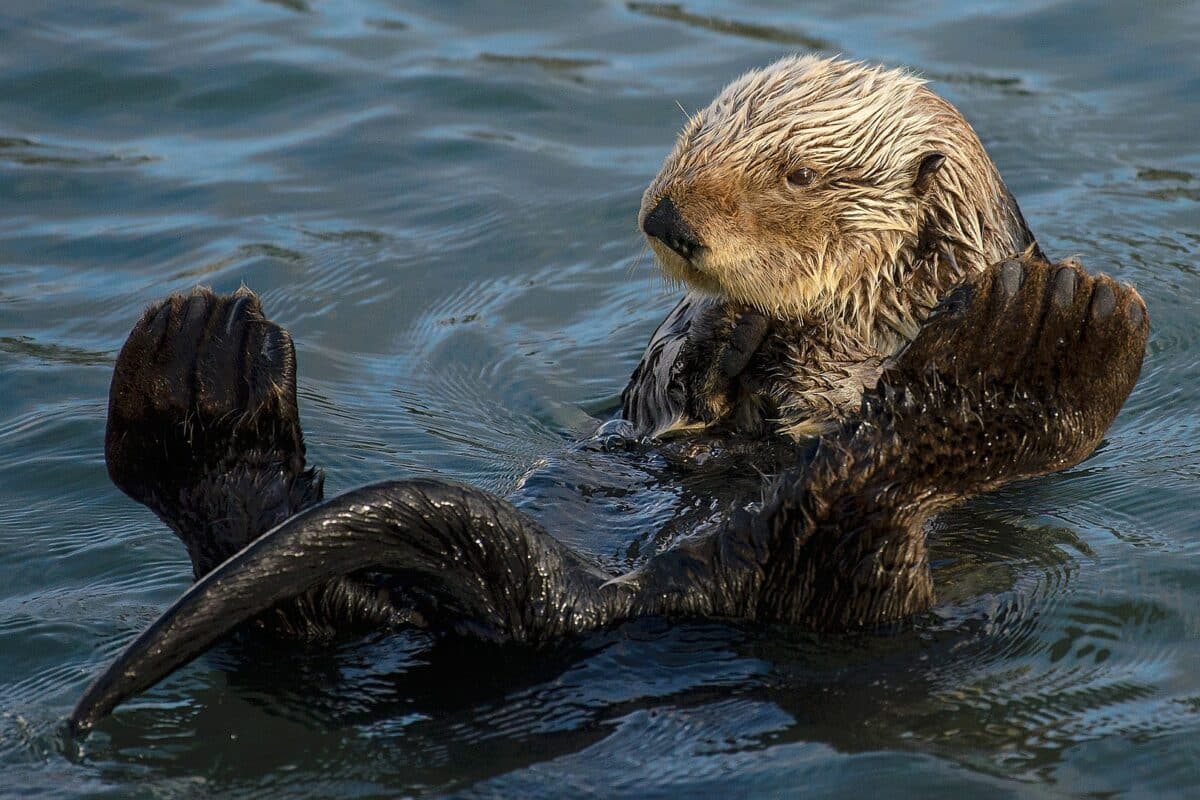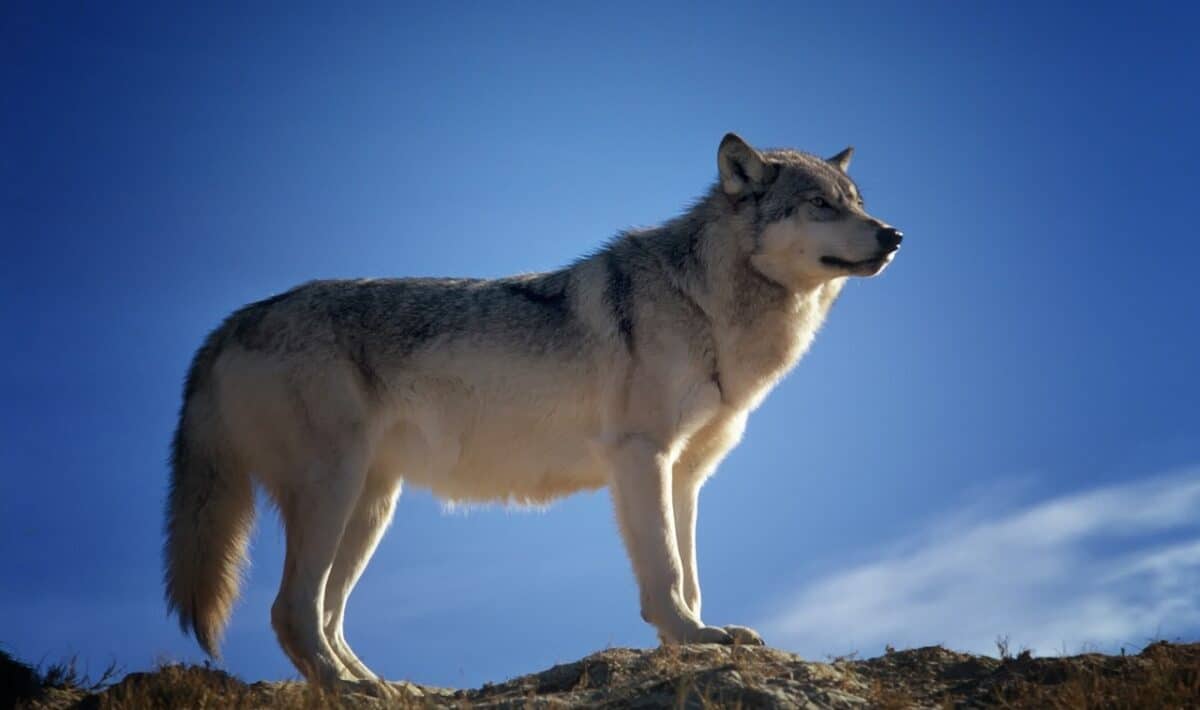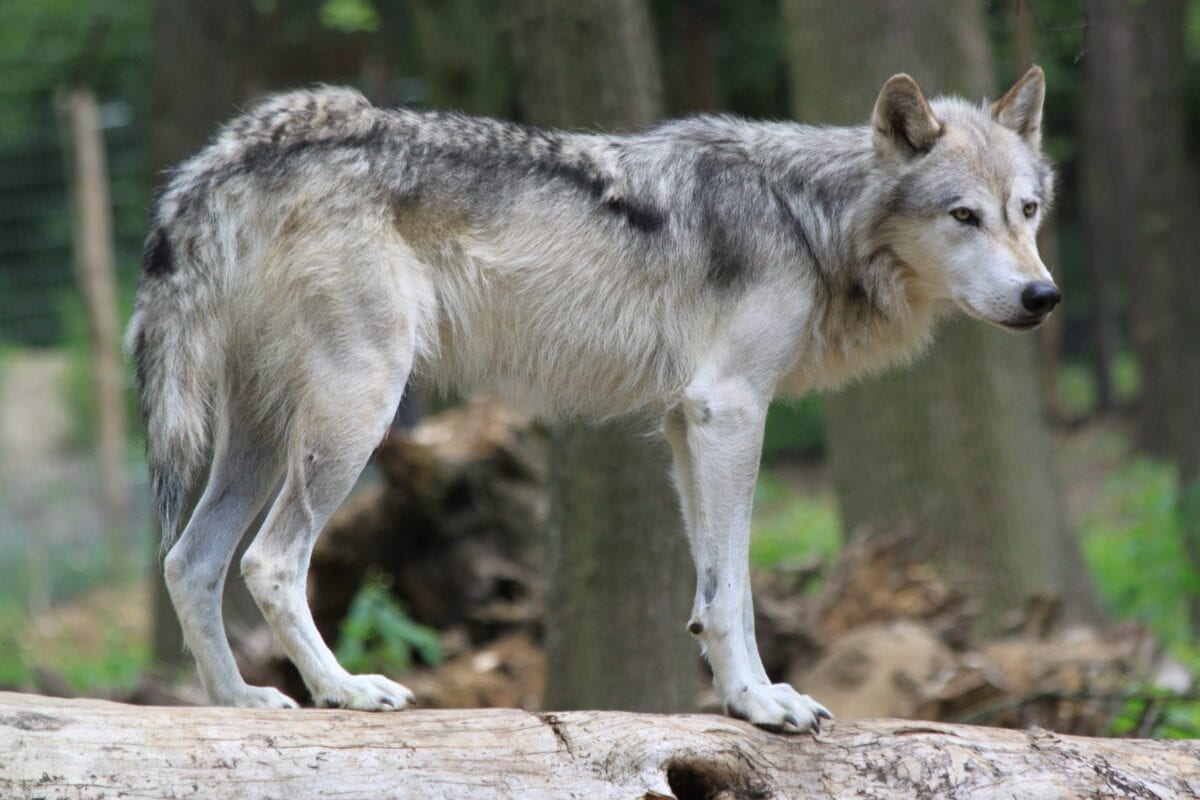The journey from the edge of extinction to a thriving existence is a monumental feat. It’s a story of perseverance, science, and the collective will to reverse the impact of human activities on natural habitats. In recent decades, several endangered species in America have made remarkable recoveries, showcasing the power of conservation efforts. This article intends to shed light on these inspiring success stories, illustrating how targeted conservation initiatives can lead to thriving wildlife populations.
Understanding Endangered Species

Endangered species are those at risk of extinction due to a drastic decline in population or habitat. The reasons can vary from habitat destruction, poaching, pollution, climate change, and competition with invasive species. Recognizing these threats is essential for implementing protective measures that can positively impact these populations.
The Role of Legislation in Conservation

One pivotal moment for wildlife conservation in the United States was the enactment of the Endangered Species Act (ESA) in 1973. This legislation provides a framework for the conservation and protection of threatened and endangered plants and animals and their habitats. The ESA has been instrumental in the recovery of numerous species, proving the critical need for legal protection.
Protecting Habitats: A Key Strategy

Effective conservation often begins with protecting and restoring habitats. Preserving natural environments is fundamental to the survival of wildlife. Initiatives such as creating wildlife corridors, protecting wetlands, and reforestation contribute significantly to providing the necessary space and resources for species to thrive.
The Bald Eagle: A Soaring Success

Once facing extinction due to DDT poisoning and habitat loss, the bald eagle has made a triumphant comeback. Conservation actions, including banning DDT and creating protective zones, have enabled the iconic national bird to flourish once more. The bald eagle was officially removed from the endangered species list in 2007, symbolizing a significant victory in wildlife conservation.
The Gray Wolf’s Return to Its Roots

The gray wolf, a species that was nearly eradicated from the lower 48 states, has begun reestablishing its presence due to reintroduction efforts and protective legislation. Their return demonstrates the importance of large conservation areas and legal protections, which allow predator species to perform their essential ecological roles.
Sea Otters: Guardians of the Kelp Forest

Once pushed to the brink by fur trading, sea otters have rebounded spectacularly off the coasts of California and Alaska. These marine mammals are critical to maintaining the health of kelp forests, highlighting how conservation of one species can benefit entire ecosystems. The recovery of sea otters underscores the influence species have over their environment.
California Condor: The Dramatic Comeback

The California condor’s comeback is one of the most dramatic tales of wildlife recovery. Through captive breeding programs and rigorous management, the population of the condor has grown substantially from just 27 birds in 1987 to hundreds today. This species exemplifies how dedication and scientific intervention can rescue a species from extinction’s edge.
The Role of Technology in Conservation

Technology plays an increasingly crucial role in conservation efforts. From satellite tracking to genetic research, modern tools allow scientists to monitor species closely and develop targeted strategies for their protection. Understanding migration patterns, genetic diversity, and population dynamics becomes significantly more accessible with these advancements.
Engaging Communities for Conservation

Community involvement is vital for the success of conservation projects. Local communities play a crucial role in the protection and recovery of endangered species by participating in habitat restoration efforts, education programs, and sustainable practices. Empowering communities generates a sense of ownership and responsibility towards wildlife conservation.
The Positive Impact of Awareness Campaigns

Awareness campaigns have been instrumental in changing public perception and actions towards endangered species. Education initiatives help people understand the importance of biodiversity and conservation efforts. By raising awareness, these campaigns inspire action and support for legislative measures that protect species and their habitats.
Global Collaborations for Endangered Species Recovery

The fight to protect endangered species extends beyond borders, requiring international collaboration. Organizations and governments worldwide work together to share resources, expertise, and funds to support conservation initiatives. Global partnerships are crucial in addressing trans-boundary ecological issues and ensuring the survival of species.
The Road Ahead for Endangered Species

While significant progress has been made, continuous efforts are needed to maintain and improve the populations of endangered species. Addressing the challenges posed by climate change, habitat loss, and human-wildlife conflict is essential. As we move forward, sustained commitments, innovative solutions, and global cooperation will be vital for nurturing these recovery successes.
In summary, the recovery of endangered species in America from the brink of extinction to a thriving state is a testament to the power of dedicated conservation efforts. From legislative measures to technological advancements and community engagement, each step forward underlines the potential for protecting biodiversity. These stories not only provide hope but also serve as a blueprint for global conservation efforts, urging us all to participate in safeguarding our planet’s irreplaceable natural heritage.
- How Golf Courses Impact Local Wildlife — For Better or Worse - July 5, 2025
- The Largest Wolf Ever Captured in North America - July 5, 2025
- This U.S. Forest Is Home to the Largest Herd of Wild Elk - July 5, 2025

